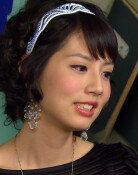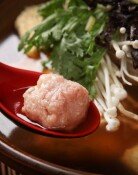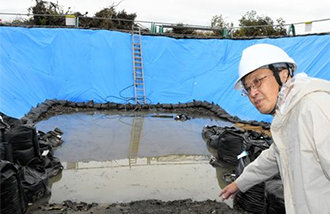Hunger and Hope

Vanuatu (real, not fictional), a group of islands in Oceania, is a rich but isolated place. The residents of Vanuatu, not needy and hungry, are kind-hearted and polite. But they have no energy and no interest in anything. Endlessly carefree, their lives lack a purpose.
The real story starts from here. Vanuatu is just a geographical icon that symbolizes a life opposite to the authors. Unlike those Vanuatu residents without any appetite, the author lives on the only power that comes from hunger. To the author, hunger is a lack in her whole being, gripping emptiness.
Amelie Nothomb, a Belgian writer, is one of the few foreign novelists who has a group of enthusiastic fans in Korea. The genre of this book, her thirteenth novel, is in the boundary between novel and essay. The book reflects her life experiences in childhood and adolescence when she moved around Japan, China, and the U.S. with her father who was a diplomat.
This book is a record of a hungry person looking for something. It seems like a final version of her autobiographical bildungsroman, her favorite genre. It starts from three years old, such a beautiful time, as in The Character of Rain, through the time of Loving Sabotage, until before becoming a grown up in Fear and Trembling.
As with her previous novels, Nothomb employs her poignant tones and grasp of ironies in life in the book while looking back on her life from when she was three years old up to her early twenties.
Hungry for chocolates, water, people, and love, she grew up in the switching mood between narcissism and self-hatred. She created her own world to stir up pleasures in the place of hunger. Thus started her reading and writing.
An example of Nothombs stinging remarks penetrating the surface of life; to two French nuns who came to serve for lepers in Jakarta and got enormously fat, she says, Now you know that it is not possible to devote your whole life to good will without having a real problem with yourself.
This book reads in a flash like Nothombs other books. It will give her enthusiastic fans a chance to look more closely inside of the author and the readers not familiar with Nothomb a good introduction to her world. A question: how much longer will she be indulged in her inner life?
(Original title: La Biographie de la Faim, 2004).
Hee-Kyung Kim susanna@donga.com







